
Laura Sanders
Senior Writer, Neuroscience
Laura Sanders reports on neuroscience for Science News. She wrote Growth Curve, a blog about the science of raising kids, from 2013 to 2019 and continues to write about child development and parenting from time to time. She earned her Ph.D. in molecular biology from the University of Southern California in Los Angeles, where she studied the nerve cells that compel a fruit fly to perform a dazzling mating dance. Convinced that she was missing some exciting science somewhere, Laura turned her eye toward writing about brains in all shapes and forms. She holds undergraduate degrees in creative writing and biology from Vanderbilt University in Nashville, where she was a National Merit Scholar. Growth Curve, her 2012 series on consciousness and her 2013 article on the dearth of psychiatric drugs have received awards recognizing editorial excellence.

Trustworthy journalism comes at a price.
Scientists and journalists share a core belief in questioning, observing and verifying to reach the truth. Science News reports on crucial research and discovery across science disciplines. We need your financial support to make it happen – every contribution makes a difference.
All Stories by Laura Sanders
-
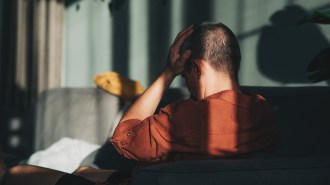 Health & Medicine
Health & MedicineA diet low in glutamate may ease migraines
People with Gulf War Illness found relief from migraines after a month on a low-glutamate diet, hinting at a new way to ease symptoms.
-
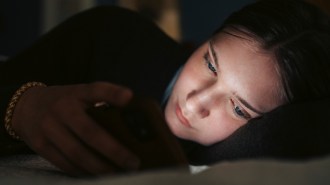 Artificial Intelligence
Artificial IntelligenceAs teens in crisis turn to AI chatbots, simulated chats highlight risks
From blaming the victim to replying "I have no interest in your life" to suicidal thoughts, AI chatbots can respond unethically when used for therapy.
-
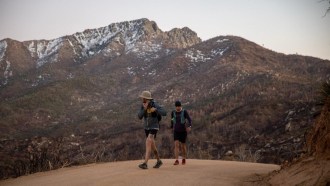 Health & Medicine
Health & MedicineEven for elite athletes, the body’s metabolism has its limits
While ultramarathoners are capable of huge energy spurts, overall the athletes top out at 2.5 times the metabolic rate needed for basic body functions.
-
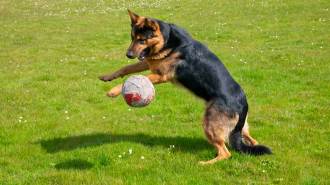 Animals
AnimalsToy-obsessed dogs give clues to addictive behaviors
Some dogs love playing with toys so intensely they can’t stop—offering scientists a window into behavioral addictions.
-
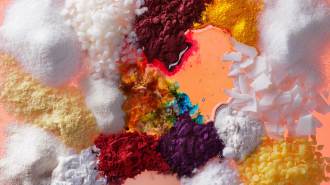 Health & Medicine
Health & MedicineAre ultraprocessed foods truly addictive?
Ultraprocessed foods can create powerful pulls similar to those of alcohol, nicotine or opioids, with worrisome consequences for our health.
-
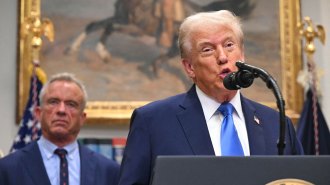 Health & Medicine
Health & MedicineWith little proof, Trump links Tylenol to autism and touts a treatment
The FDA plans to add a warning to Tylenol’s label and OK use of a drug for autism. Researchers say there’s little data to support either move.
-
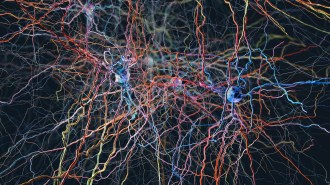 Neuroscience
NeuroscienceLung cancer plugs into the mouse brain
Exploring the relationship between cancer cells and nerve cells, which can signal tumors to grow, could unearth ways to slow disease.
-
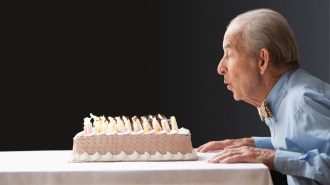 Health & Medicine
Health & MedicineBrains don’t all act their age
A slew of new research attempts to zero in on what happens as our brains get older — and what can bring about those changes early.
- Health & Medicine
The brain preserves maps of missing hands for years
Countering the idea of large-scale rewiring, women whose hands were removed retained durable brain activity patterns linked to their missing fingers.
-
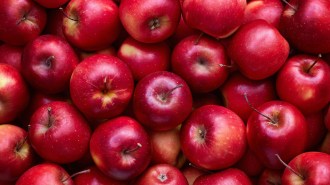 Neuroscience
NeuroscienceYour red is my red, at least to our brains
Despite philosophical debates, colors like red may spark similar brain activity across individuals, new research suggests.
-
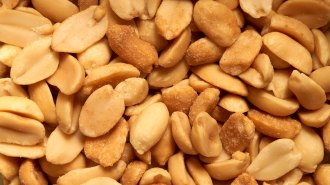 Health & Medicine
Health & MedicineNew clues emerge on how foods spark anaphylaxis
In two studies of mice, a molecule called leukotriene helped trigger food-induced anaphylaxis. A drug approved for asthma — zileuton — diminished it.
-
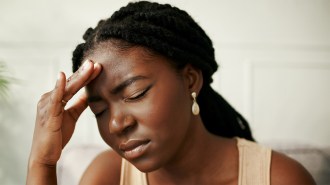 Neuroscience
NeurosciencePopular weight-loss drugs may ease migraines too
A GLP-1 drug led to fewer days with headaches, a small pilot study of migraine sufferers shows. It may work by lowering pressure inside the head.